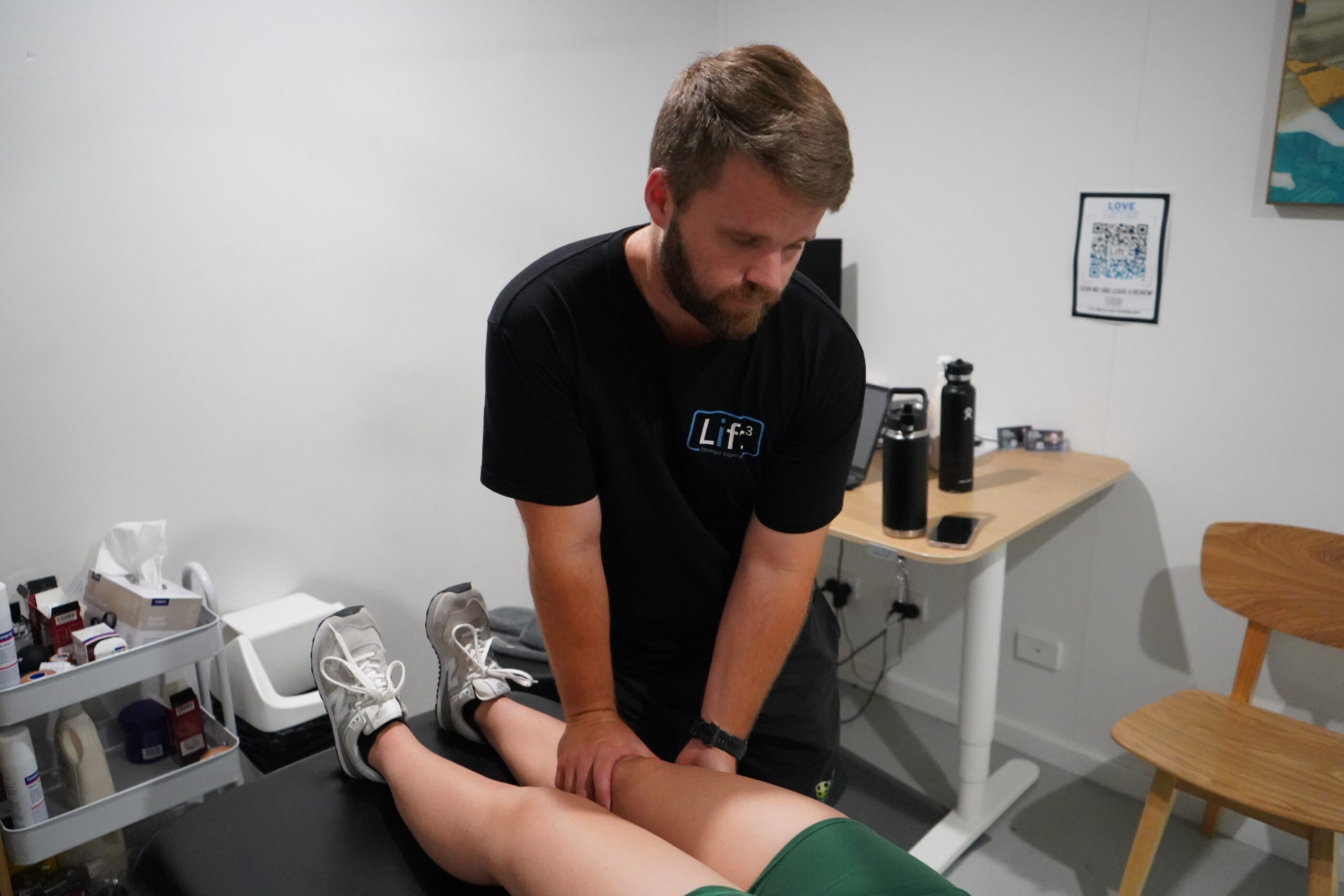What’s cracking?
Most of us have experienced a joint cracking before, whether it’s a neck, back, knuckle or ankle, and whether we’ve done it ourselves or had someone do it for us. But what goes on internally when this happens?
Basically, our joint capsules are filled with air or gas, and certain movements can cause pressure changes that release or ‘pop’ this air. If this happens, over the next few minutes the joint gasses will restore back to normal, and usually you can crack it again.
There are a few myths and misconceptions about joint cracking that should be addressed. Firstly, if joint cracking is pain-free, it’s harmless. Many people are told that cracking knuckles will lead to arthritis, but there are multiple research studies to prove this wrong.
Also, the claim that cracking a joint can potentially put it ‘back in place’ is a myth.
Apart from painful dislocations, joints don’t go ‘out’ in the first place.
There can be some therapeutic benefits to cracking a joint in terms of short term pain relief and improved mobility, when paired with suitable exercises and self-management strategies. The key to this is being realistic and honest about what the treatment is doing, and combining it with other strategies (such as exercise) for more long-term relief.
Despite cracking being physically harmless, one point to consider is that it might not be helpful to build a reliance on the perceived ‘relief’ you might feel. Most people that crack joints often will build a feeling of chronic tightness around that particular area unless they can crack it.
If you have any comments or questions on this, feel free to contact us to discuss!

